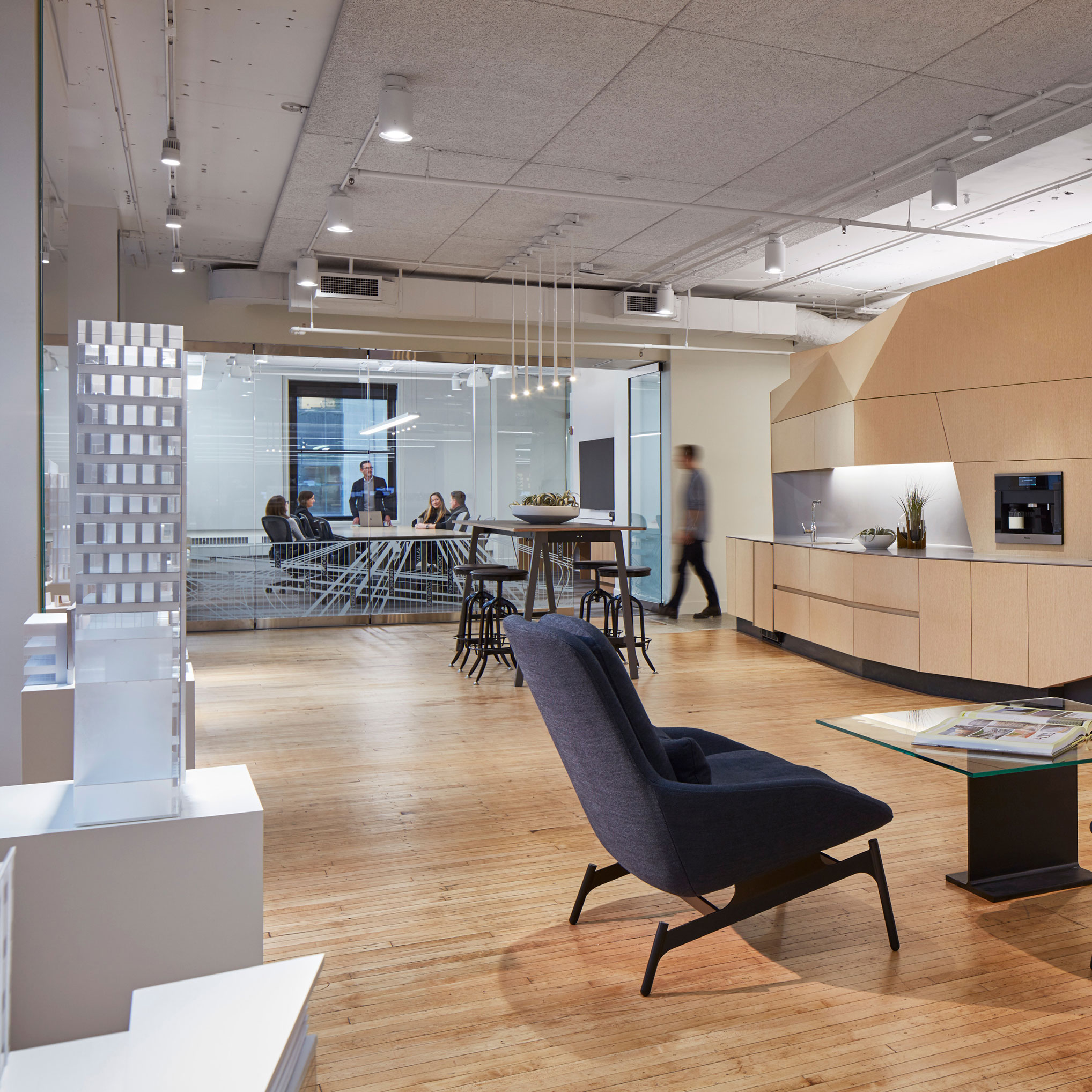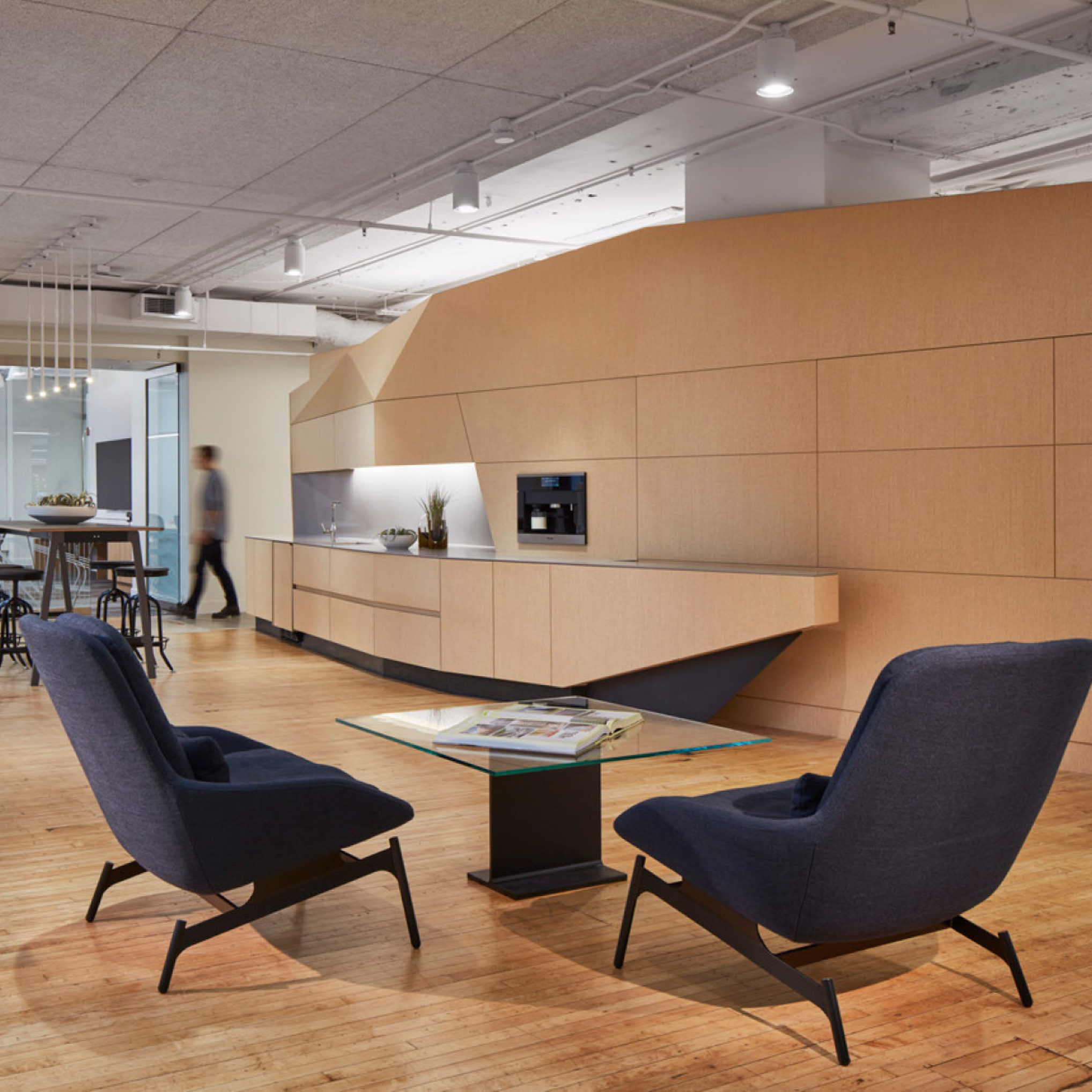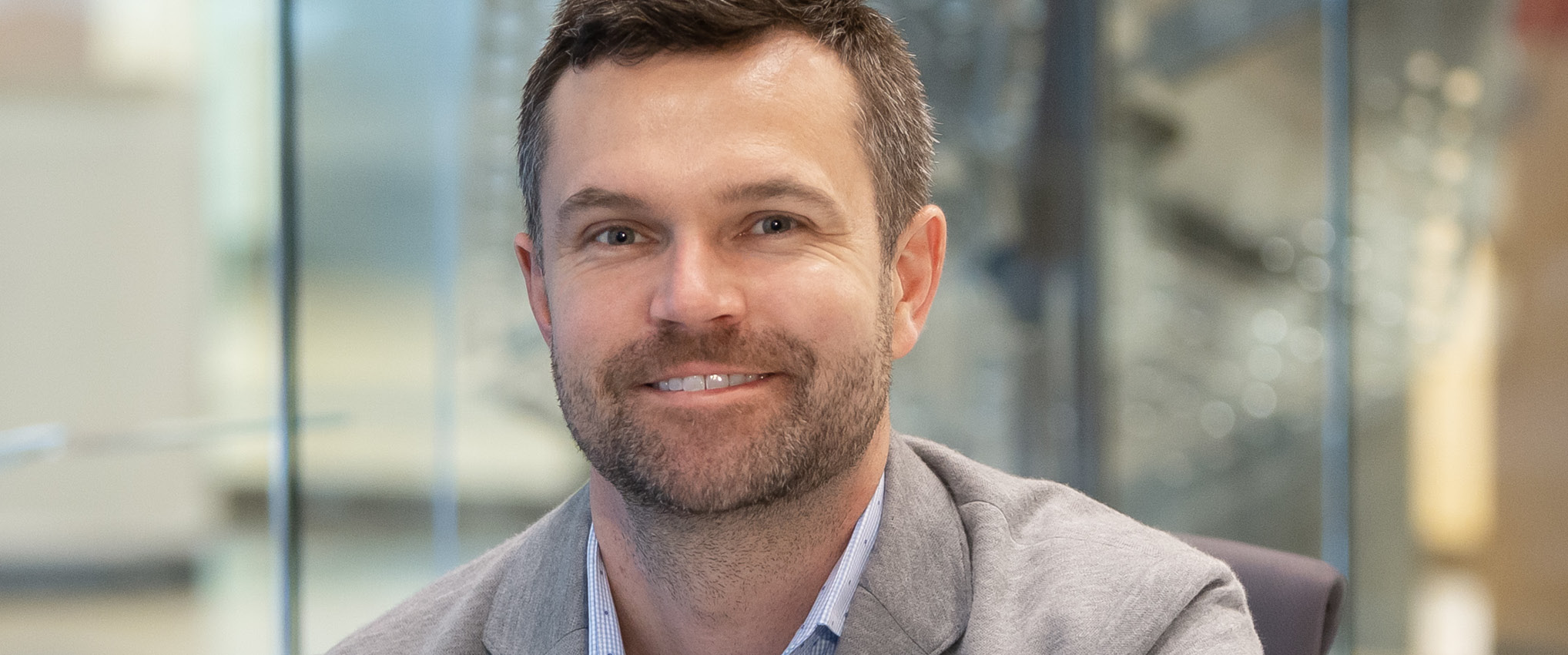
HKS Living Labs: A New Initiative
Throughout history great minds have opined on the interaction between the built environment and people. Winston Churchill famously said that “we shape our buildings; thereafter they shape us.” Take stock of the environment you are in right now. Notice the sounds, the light, the connection to others and the outside world. Are you comfortable? Are you distracted? Is your environment enriching you with a diversity in experience and function?
Buildings, like people, change over time, from their daily rhythms to decades long shifts. But successfully connecting these two dynamic systems is uncommon. Instead, human bias and anecdote dominate. The good news is that scientific study of the built environment’s impact on human well-being, behavior, and performance is growing at a healthy pace, fueled by advances in sensor technology and increased collaboration between previously disparate fields.
Yet this field of knowledge is rarely translated to new designs, and when it is, it is most often applied in a one-and-done framework. Design solutions are implemented, a post-occupancy measurement is (sometimes) taken, and the story ends.
We at HKS believe that this model can be expanded to more closely map onto the dynamic relationship between the built environment and the human lives that we design for. As such, we introduce a new initiative that moves beyond the post-occupancy evaluation. HKS Living Labs are ecosystems committed to a culture of testing, evaluating, and evolving to meet the changing needs of all stakeholders. Living Labs layer qualitative and quantitative methods to meet human outcome, business and building performance goals.
How is this Accomplished?
Importantly, a Living Lab does not just gather data — rather, it tests specific outcomes linked to design intent and generates new hypotheses driven by observed patterns in the data.
Our research team works hand in hand with our design, sustainability and strategy teams to understand and frame questions that can be answered through design. Once those designs are implemented in the real world, we use a variety of methods to measure impact. From traditional survey tools to behavior mapping and environmental sensing, we layer different lenses of investigation to see how a space comes to life with its occupants.
Tailoring these metrics to the design intent allows for a much deeper understanding of what worked, and what didn’t.
These data lead to the next, most critical part of the process: the iteration of a new question and a new design solution. This way, spaces can evolve to be synergistic extensions of the people that live and breathe in them, the communities that engage with them, and the earth that stewards them.
Where is this Already Being Done?
HKS offices, in Chicago and London, serve as our first signature Living Labs. At both locations we have committed to measuring the indoor environment, occupant satisfaction, and various aspects of space analysis and utilization. Importantly, most of these measurements are not just taken at one or two points in time but are ongoing. This allows us to identify design elements that are not performing as intended and to propose new design solutions.
For both Chicago and London, we now have a first glimpse of how aspects of the built environment have impacted our employees’ well-being and behavior, our connection to the surrounding community and clients and our impact on the environment.
However, this initiative will only be truly successful if the culture of innovation and design evolution spreads. In the coming years, we look to expand beyond our own workplaces to other types of spaces around the world.
A Burden and a Blessing
Today’s designer is armed with an ever-growing arsenal of tools, including an increasing wealth of knowledge about how humans’ lives are enriched or put at risk by the built environment. Because we now spend more than 90 percent of our lives in a designed, enclosed space, our responsibilities as designers have never carried so much weight. At the same time, our opportunities to advance the human experience have never been greater. Put simply, today’s designer is, unofficially, a type of public health official. Because this burden and blessing cannot be carried by any one individual or skill set, teams with a diverse set of expertise must be assembled to meet this challenge.
HKS has the experience and the expertise to help usher in this culture of innovation as the world moves beyond the age of information to the age of action. We aim to engage a process that at its best can engineer a fit for the inherent mismatch between the technology of our built environment and hundreds of thousands of years of human biological and social evolution.
As we look to the future, let us again be inspired by great minds of the past. At its heart, architecture is the marriage of science and art in service of people. Marie Curie reminds us that science can be beautiful, while Leonardo da Vinci advises us that “art is never finished, only abandoned.”




